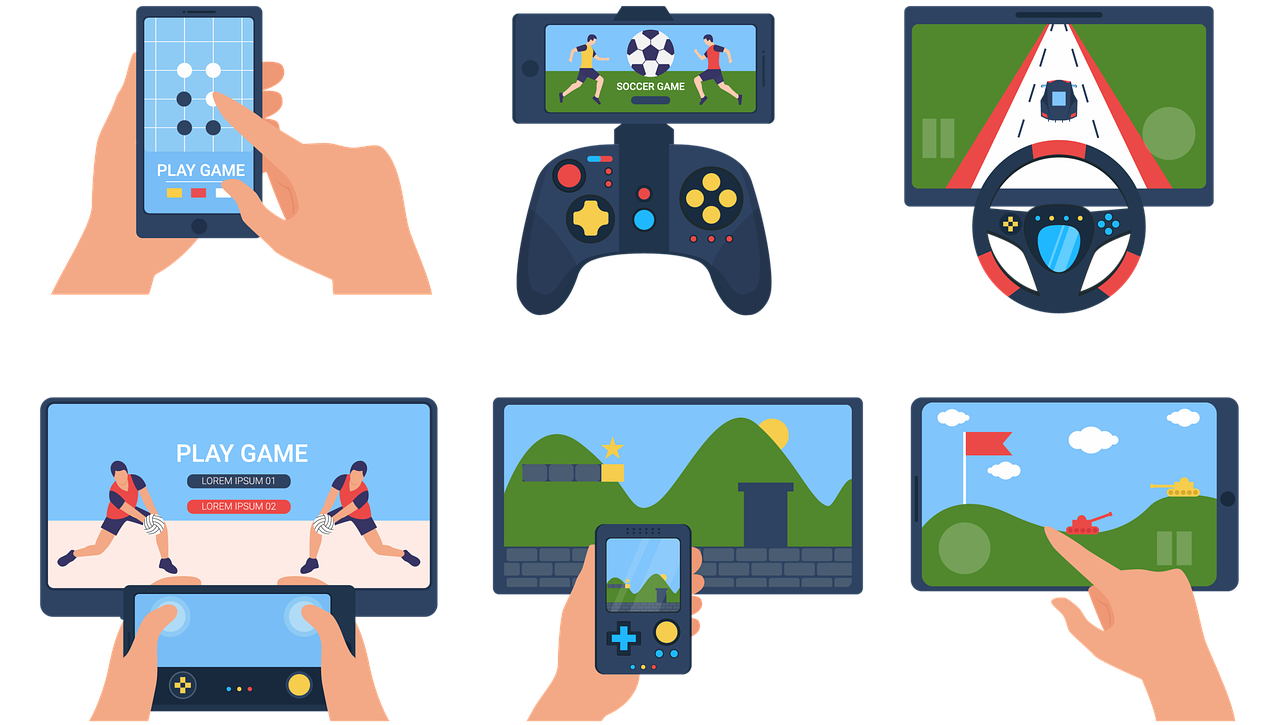
With the popularization of video games in the industry, scandals began to erupt more and more often. In the 90s, everyone scolded role-playing games for promoting the occult; in the 2000s, GTA was a symbol of violence and corruption of the child’s psyche. Now the industry is brewing such a thing as gambling games on real money. Moreover, the criticism does not come from the outside, but from the gamers themselves. We are talking about microtransactions (transfer of funds within the game). In this article, we will try to identify the problems associated with gambling within video games, talk about new business models and explain why Gardenscapes is a hidden analogue of a casino or vegas slots on Bgaoc.
Freemium and Paywalls
The standard commercial model in the world of video games is a flat price for the finished product. This means that the buyer pays a certain amount for the full game once. With the development of smartphones and the popularization of electronic stores, the system has proven to be less cost-effective. Mobile games in many ways seem less serious than large AAA projects (the most expensive video games to make, for example GTA or Red Dead Redemption gaming series). Especially at the stage of their formation, when they all worked on the principle of shareware. Even the $10 price tag seemed excessive for many users. But with the development of the industry, the commercial model has also changed.
Major publishers started experimenting with the freemium format. The games were distributed free of charge, but in-game purchases were required to get the “full” experience. This is how most popular mobile games work – the free entry threshold allows you to reach huge audience sizes. For example, Gardenscapes has about 324 million downloads, but it’s much more interesting how this figure is translated into money. For five years of being on the market, Gardenscapes has generated more than $ 1.5 million in revenue from the game. For comparison, consider the performance of one of the most successful video games in history – Red Dead Redemption 2. With more than 29 million copies sold, which at an average price of $60 per copy translates into income approximately equal to the income from Gardenscapes. But it should be understood that the development of Red Dead Redemption 2 took 8 years and about one hundred million dollars.
Especially if we talk about the technical part, because it takes about six to eight hours to create one level in a game like Gardenscapes, which works on the principle of “three-match” (you need to connect three figures of the same shape / color). Wooga lead manager Adam Telfer told about this: “Six to eight hours is everything, including concept, implementation, balance, test and polishing of the whole process”.
Content within levels (drawings, mechanics, and details) is reused many times at different levels. Moreover, players are forced to replay the same level several times before they can progress further. This content is easy to produce, and players are happy to play the same thing multiple times. This is a very favorable price for content. “What do we have in the end? The simplest game, both in terms of production and in terms of investment and time. The only question remains – monetization.
Monetization
This is a recipe for high retention and monetization. If earlier in video games everything directly depended on the skill of the player, then in mobile games the basis is built more on patience. With enough of it, you can play for free. But talented game design “plays” on simple emotions and makes the players Progress is closed with a paywall – you need to pay to skip the difficult level completely, or buy “power-ups” and finally complete it.
So, the player gets into a money loop, where you have to either interrupt the gameplay or pay for it each time. Florian says the success of Gardenscapes is due to its lucrative monetization model: Instead of buying stars for in-game progression, Gardenscapes can only sell you coins that are used to buy power-ups like extra lives and moves instead of just skipping a level.
Players cannot buy progress – they have to earn it. Here we see the main trick – the use of psychology. Not only the banal desire to play further is connected, but the systems of internal reinforcement (reward) and positive motivation of the brain are involved. Victory is a meter away from the player, but no – moves / time ends, and you have to either start over, or pay money. Same principle is applied to gambling, but in gambling you may be lucky enough to gain money from the game. In mobile p2win games – you only lose.
Read Next: Ultimate Guide to the Best Online Casinos in the Philippines .